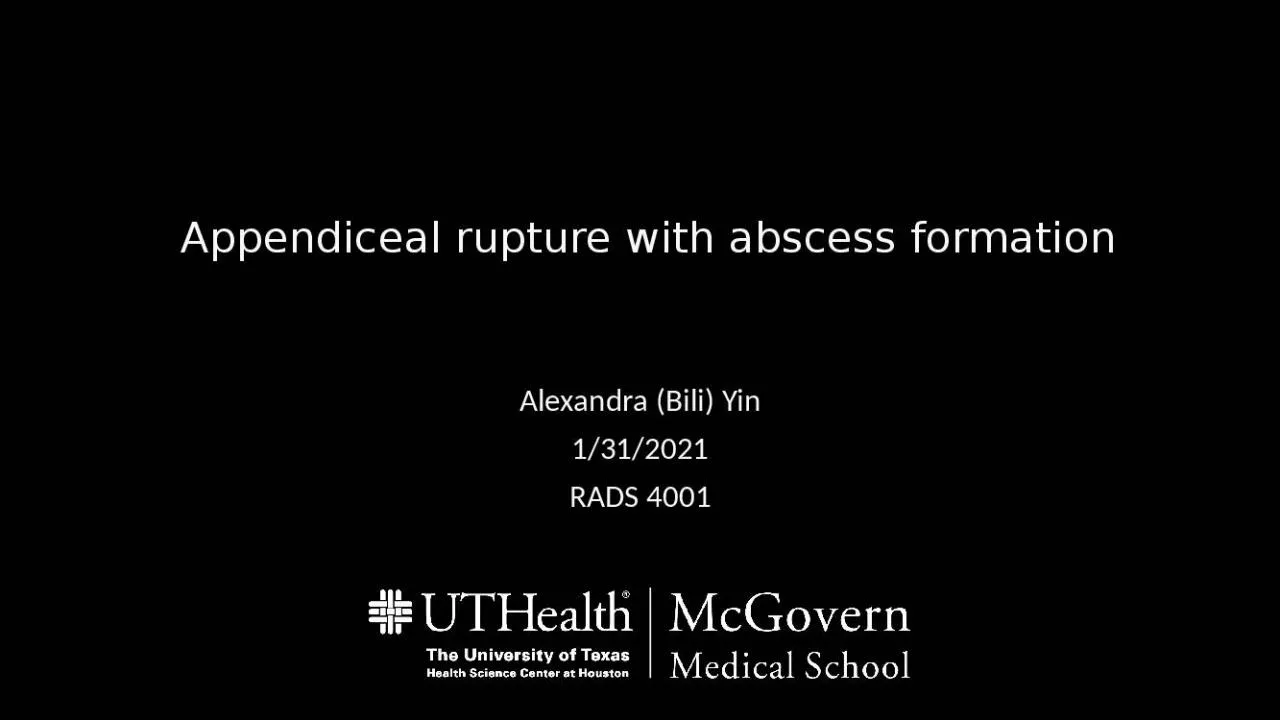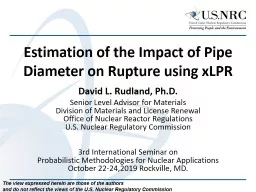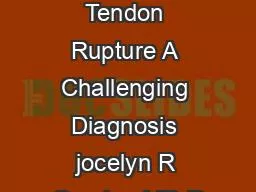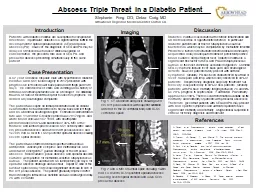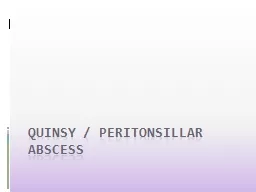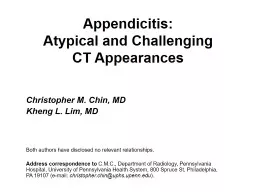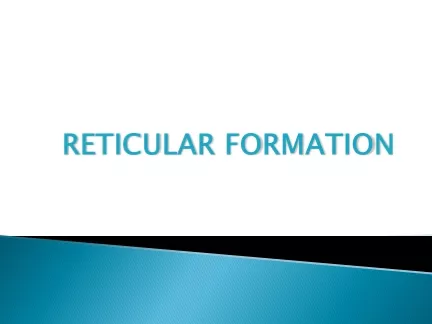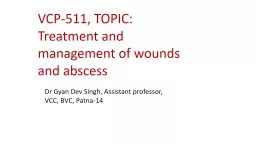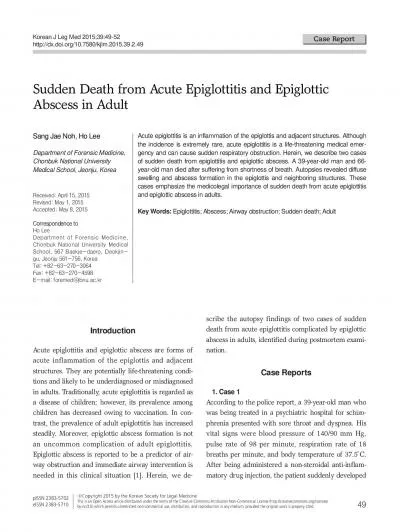PPT-Appendiceal rupture with abscess formation
Author : quinn | Published Date : 2022-02-15
Alexandra Bili Yin 1312021 RADS 4001 Clinical History 38 yo male with no PMHPSH presents with a 3 day history of RUQ pain and associated nausea Acute onset 1010
Presentation Embed Code
Download Presentation
Download Presentation The PPT/PDF document "Appendiceal rupture with abscess formati..." is the property of its rightful owner. Permission is granted to download and print the materials on this website for personal, non-commercial use only, and to display it on your personal computer provided you do not modify the materials and that you retain all copyright notices contained in the materials. By downloading content from our website, you accept the terms of this agreement.
Appendiceal rupture with abscess formation: Transcript
Download Rules Of Document
"Appendiceal rupture with abscess formation"The content belongs to its owner. You may download and print it for personal use, without modification, and keep all copyright notices. By downloading, you agree to these terms.
Related Documents

